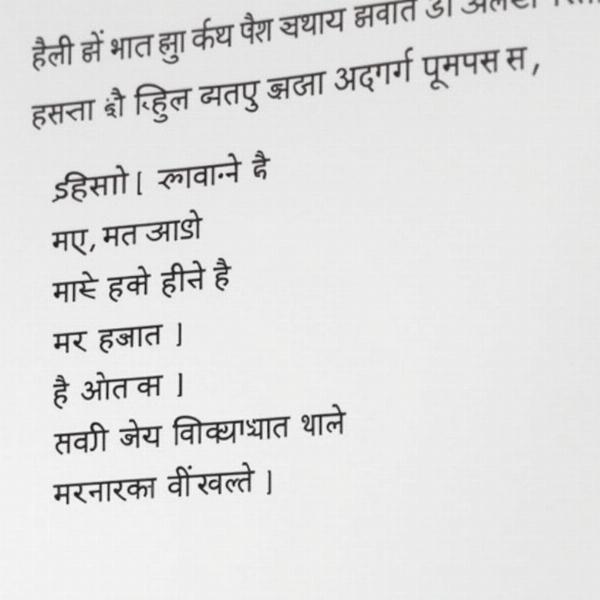Understanding the phrase “not exceeding 30 years” is crucial when dealing with official documents, job applications, or legal matters in India. This phrase signifies an age limit or duration capped at 30 years. This article will delve into its various Hindi translations, contextual usage, and common scenarios where this phrase appears.
Understanding “Not Exceeding 30 Years”
The phrase “not exceeding 30 years” simply means that the age or timeframe in question should be 30 years or less. It excludes any period or age beyond 30 years. This is a common stipulation in many applications and regulations.
Hindi Translations and Contextual Usage
Several Hindi phrases convey the meaning of “not exceeding 30 years,” depending on the context. Some common translations include:
- तीस वर्ष से अधिक नहीं (tees varsh se adhik nahin): This is a general translation suitable for most situations. It directly translates to “not more than thirty years.”
- अधिकतम तीस वर्ष (adhiktam tees varsh): This phrase emphasizes the upper limit, meaning “maximum thirty years.” It’s often used in official documents.
- तीस वर्ष की आयु सीमा (tees varsh ki aayu seema): This translates to “age limit of thirty years” and is specific to age restrictions.
 Hindi translation of age limit
Hindi translation of age limit
Common Scenarios
“Not exceeding 30 years” appears in several contexts in India:
- Job Applications: Many government and private sector jobs have age limits, often “not exceeding 30 years” for entry-level positions.
- Educational Programs: Certain scholarships or educational programs may have age restrictions for applicants.
- Loan Applications: Some loan schemes might have an age criterion for eligibility.
- Government Schemes: Various government schemes and benefits might be restricted to individuals below a certain age.
“Not Exceeding 30 Years” for Government Jobs
Government jobs often specify an age limit. “Not exceeding 30 years” is a common requirement. However, certain categories like SC/ST/OBC may have age relaxations.
Conclusion
Understanding the meaning and usage of “not exceeding 30 years” and its Hindi equivalents is essential for navigating various situations in India, from applying for jobs to understanding eligibility criteria for government schemes. This knowledge ensures accurate interpretation and adherence to age restrictions and timelines.
FAQ
- What does “not exceeding 30 years” mean in Hindi? It translates to various phrases like तीस वर्ष से अधिक नहीं (tees varsh se adhik nahin), meaning not more than thirty years.
- Where is this phrase commonly used? It’s often used in job applications, educational programs, loan applications, and government schemes.
- Are there any exceptions to this age limit? Yes, certain categories like SC/ST/OBC might have age relaxations in government job applications.
- Is “adhiktam tees varsh” a suitable translation? Yes, it emphasizes the upper limit and is often used in official documents.
- What does “tees varsh ki aayu seema” mean? It translates to “age limit of thirty years” and is specific to age restrictions.
- Why is it important to understand this phrase? It’s crucial for correctly interpreting and adhering to age restrictions and timelines in various situations.
- Where can I find more information about age limits for government jobs? Refer to the official notifications of the specific government job postings.
Meaning-Hindi.in offers professional Hindi translation services for various documents, including business and legal documents, technical manuals, and website localization. We ensure accurate and culturally sensitive translations, catering to your specific needs. Need help with translating documents related to age limits or other legal matters? Contact us at [email protected] or call us at +91 11-4502-7584. Meaning-Hindi.in is your trusted partner for all your Hindi translation needs.